Jingtong Train Station is the last station on the Pingxi Line and one of Taiwan’s four remaining wooden stations. It is also here where you can pen your wishes on bamboo or visit a former stone mine.
If you ever get sick of the hustle and bustle of Taipei, consider a day trip out of Taipei along the Pingxi Line. It is the shortest branch line yet has the longest history of all Taiwanese railway lines, serving many coal-mining towns. Apart from Houtong, the town teeming with cats, hop on and off the train to places like Pingxi, Shifen and Jiufen. Take note of the timing of the next train when you alight so you can plan how much time to spend. Also it matters whether the train is the slow type (stops at almost EVERY stop) or the express type (can start later but reach destination earlier than the slow type) which skips a few stations. If I'm really lazy, I'll just ask the station or platform staff, 'When is the next train to XXX? Is it the fast train?' They are the experts after all!
Here's the route we took, it really depends on your spontaneity and the train timings: Houtong Station > Jingtong Station > Pingxi Station > Shifen > Ruifang Station (Jiufen).
Other key places to visit in the area include: Keelung, Jinguashi and Fulong. (I'm assuming this since their names are in red in the map below.)
This is the best map I can find on the Pingxi line from Taipei Main Station. (Credit - Thanks Chris!) TRA thought of printing and laminating it, but not putting it up on its website.
After visiting Houtong, it was time to head to the end of the Pingxi Line to Jingtong.
Jingtong, also known as Jingtongkeng, was once the largest coal mine established by the Taiyang Mining Company. In the past, drawn by the flourishing mining industry, many people flocked to this area to seek work. However, Jingtong’s mining industry was dismantled after the government began to import cheap coal. Worse still, as there were no other industries to replace coal mining, Jingtong suffered a massive exodus. Today, the area still has remains and monuments of its industrial past. Attractions are concentrated and are easily accessible, so tourists can easily follow road signs to relive the history of Jingtong. credit
The train station is also worth a visit, being one of 4 remaining wooden stations.
Ranked as one of the Top 100 Historic Century-old Buildings in Taiwan, Jingtong Train Station is one of Taiwan’s four remaining wooden stations. Its simple, antique Japanese style that has been maintained since its opening attracts many tourists. The inside of the station contains well-preserved wooden benches, old telephone handsets, and vintage ticket gates from which tourists can buy an old-fashioned, card-like ticket (formerly known as the hard ticket) as souvenirs. Stepping into such an atmospheric station is like reliving memories of an old movie. This is a must-see for nostalgic railway fans.
Trainstopper
Blessings written on bamboo
Stuff you can buy along the Old Street
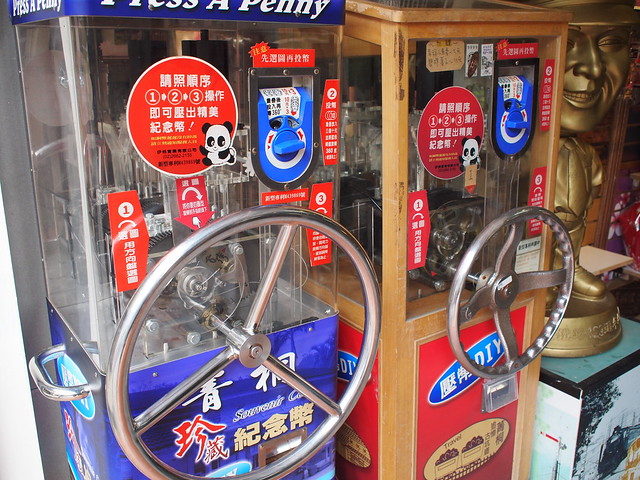
The sleepy dogs of Jingtong
Fortune-telling
How picturesque Jingtong is
In a museum or visitor's centre
To the Stone Mine or what's left of it
More pictures are available on my Flickr (simply click any photo).
Related Posts:

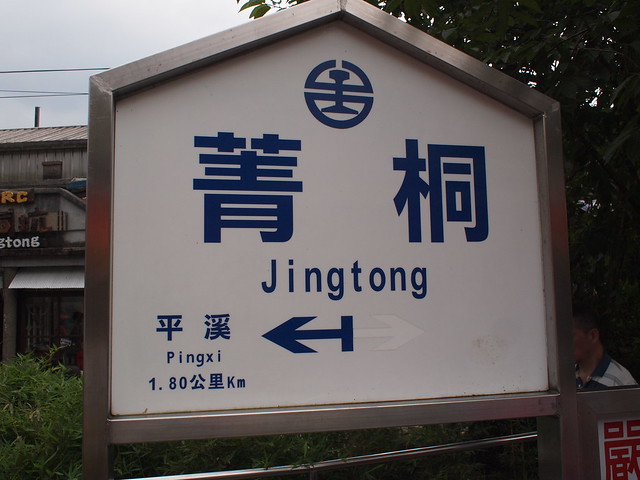
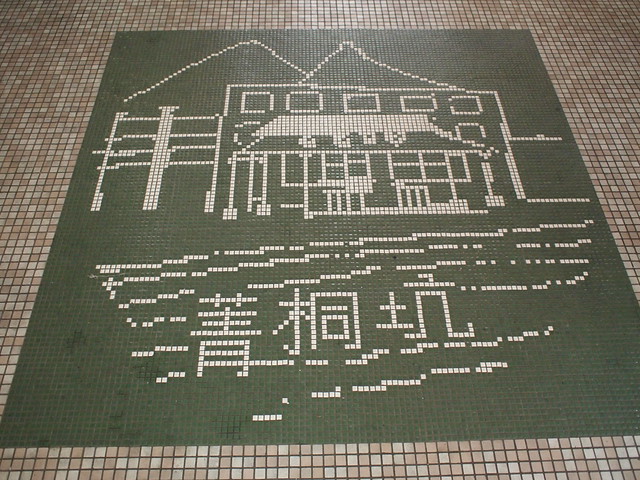

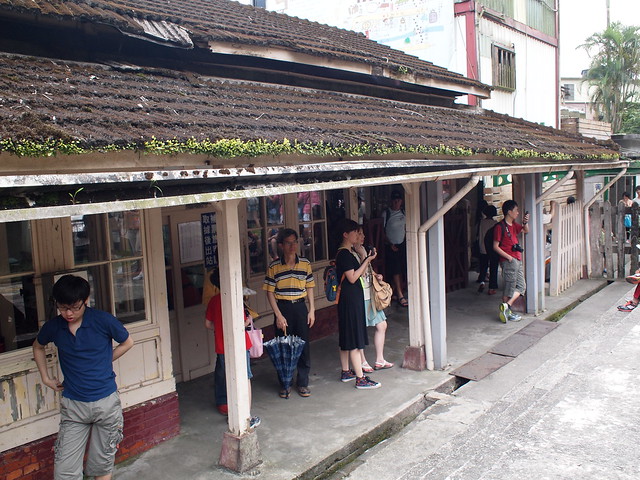

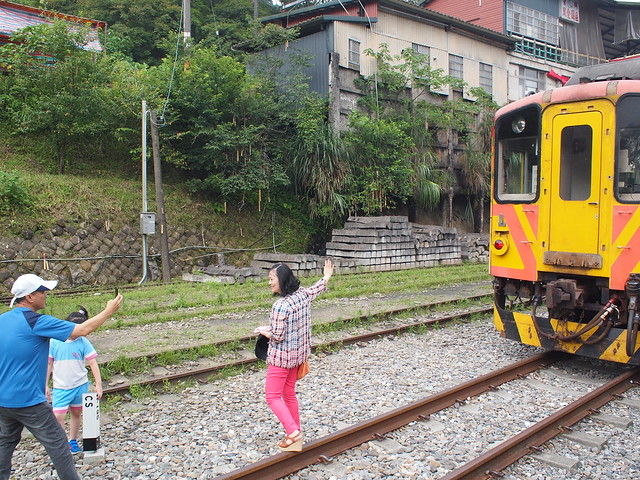

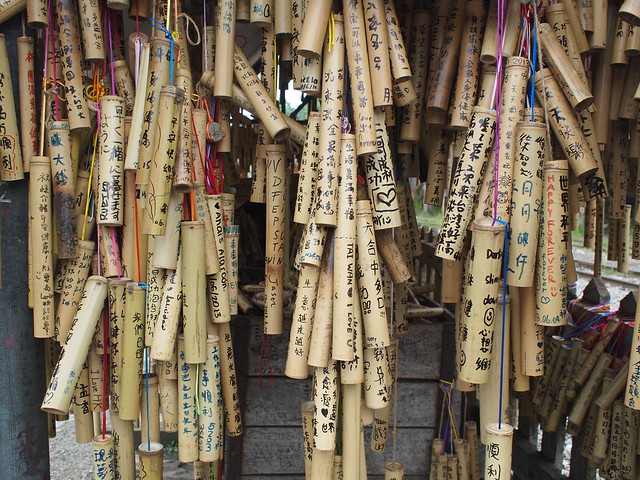
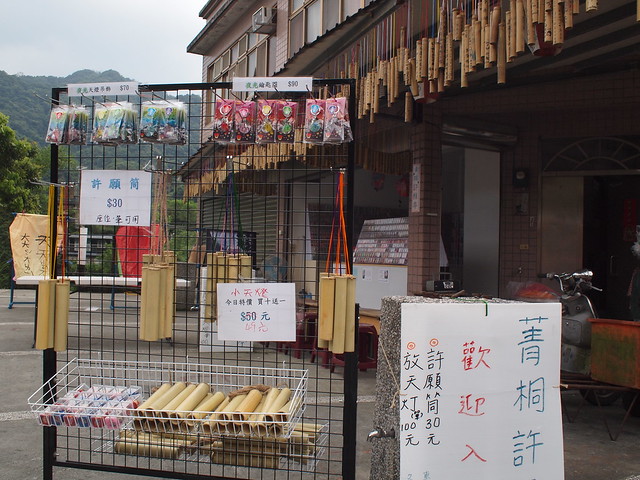

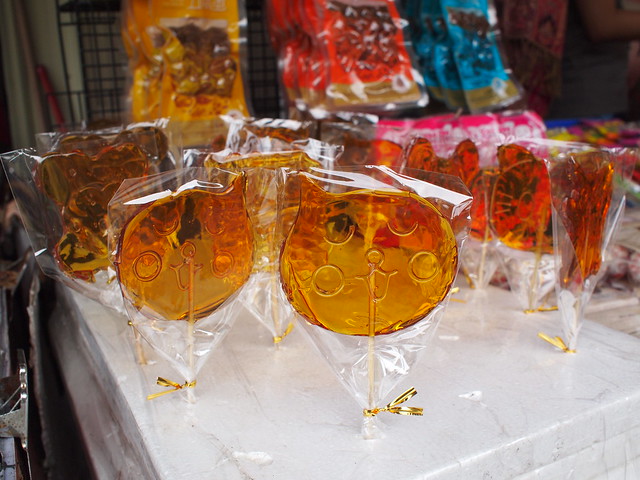
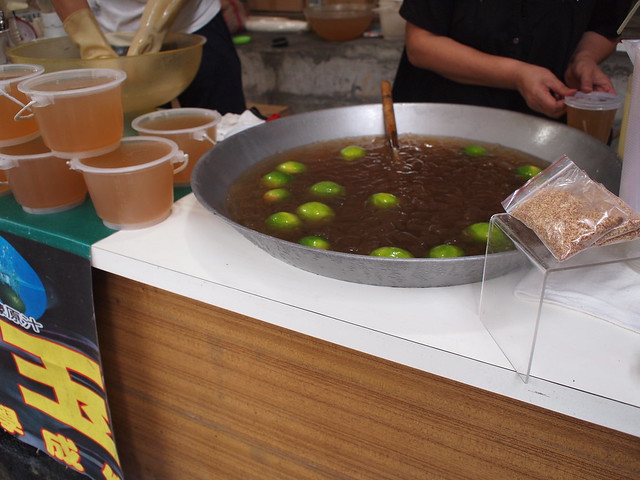

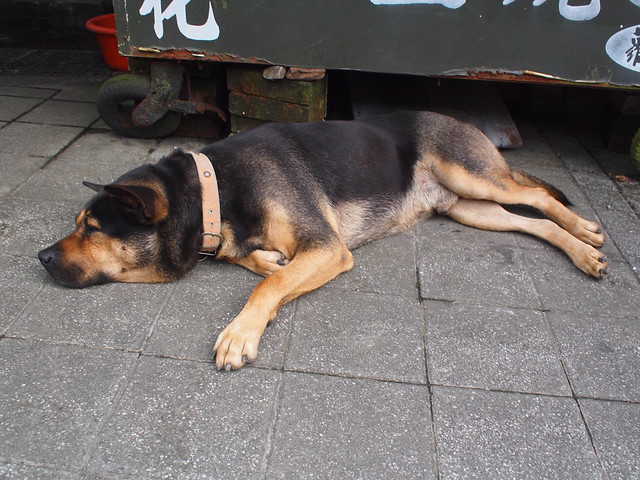
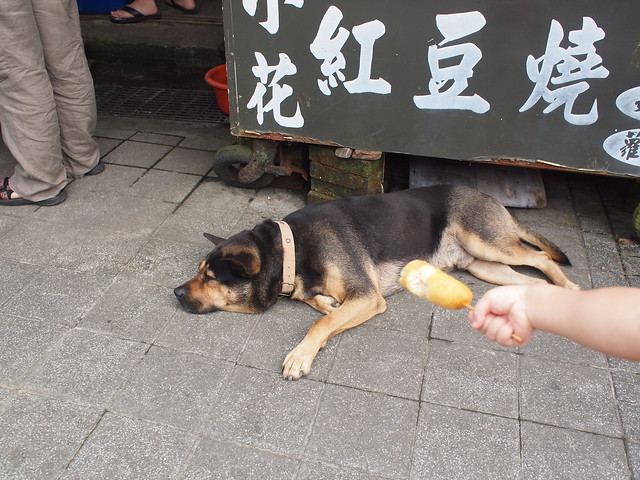
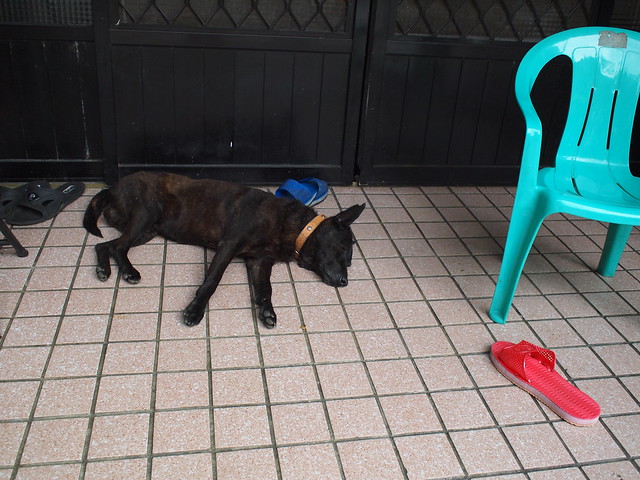
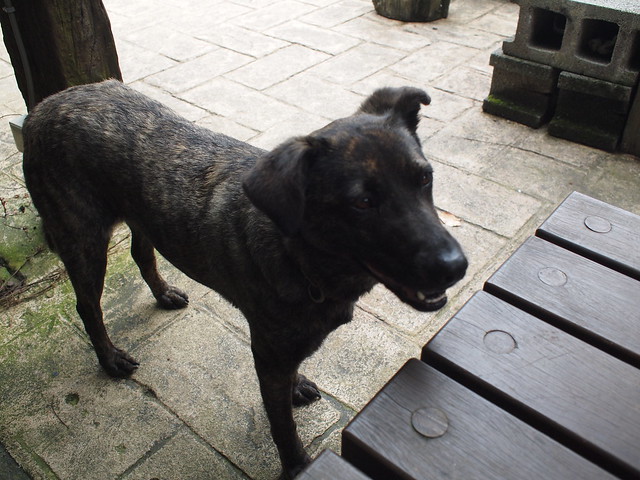
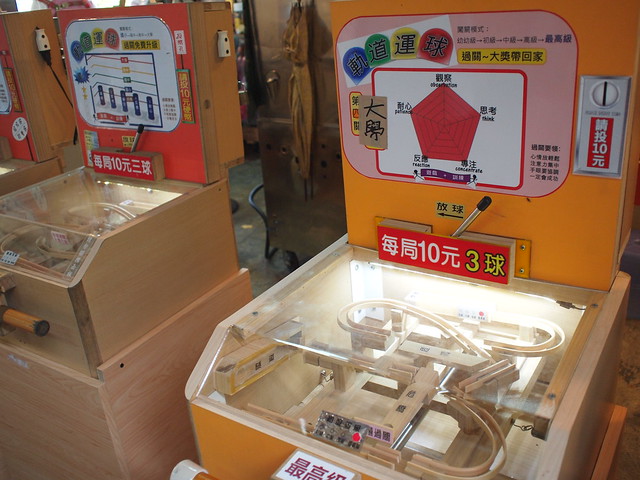
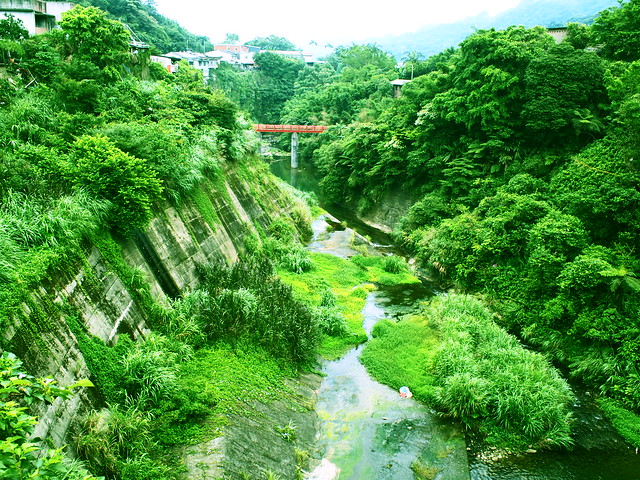
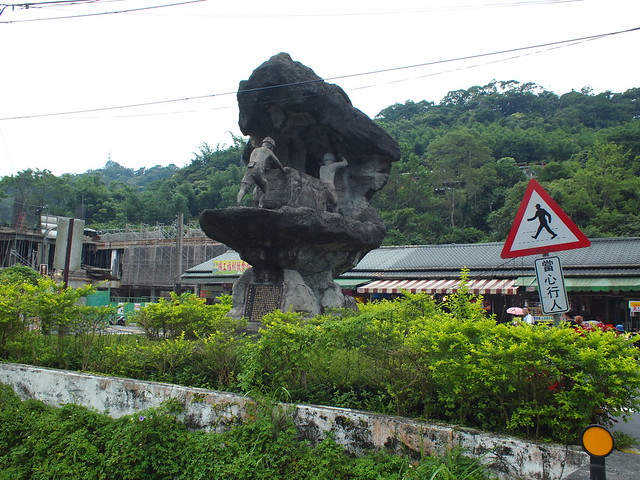
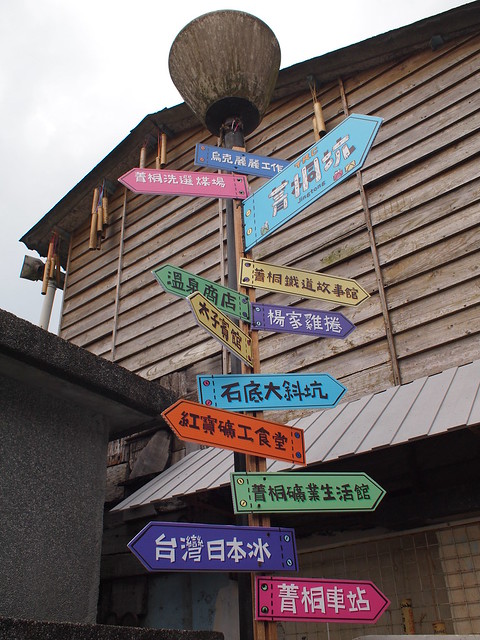
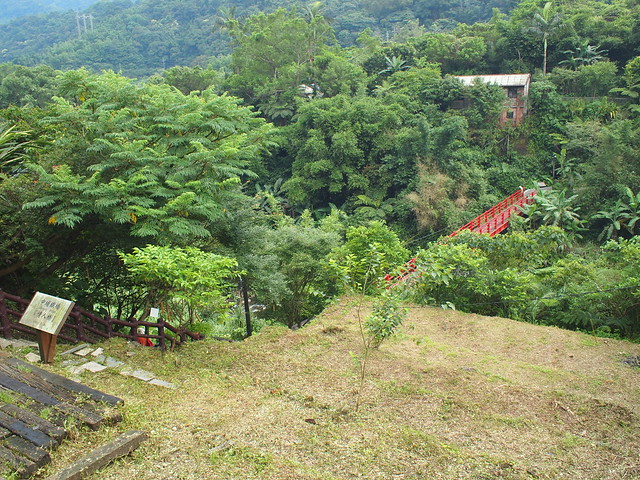
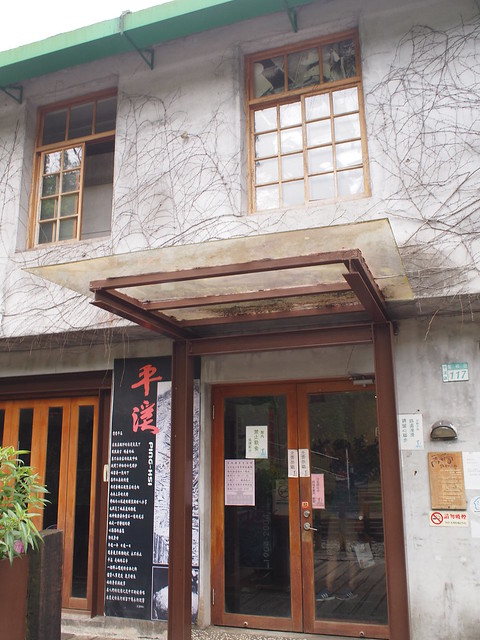
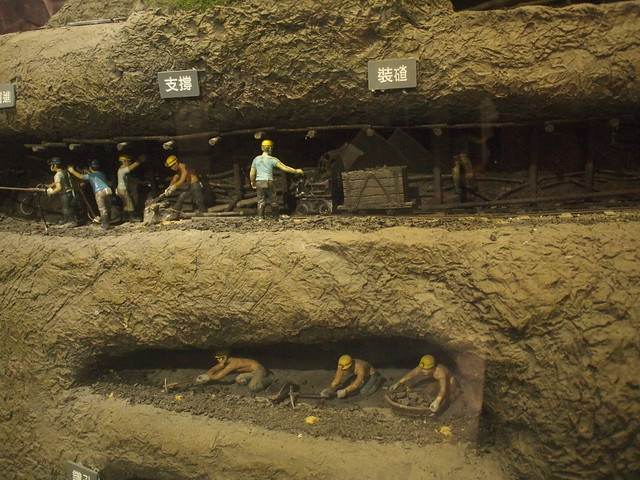
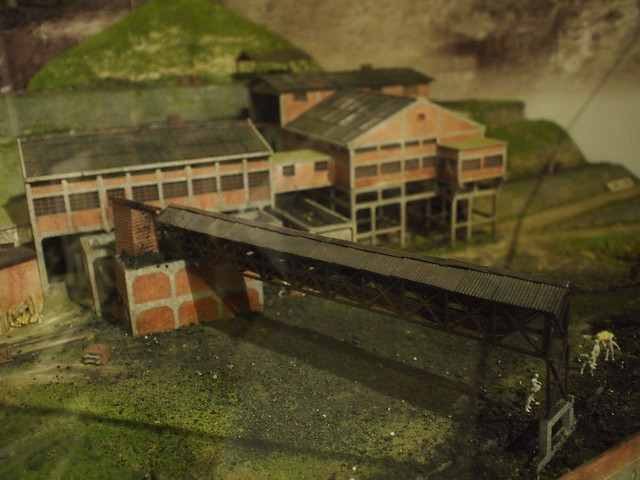
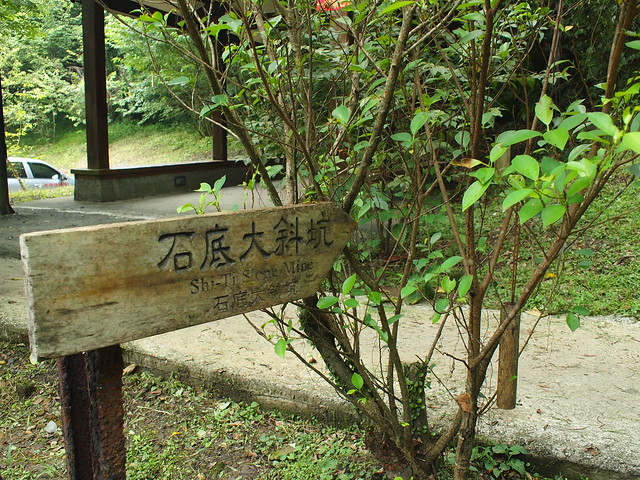
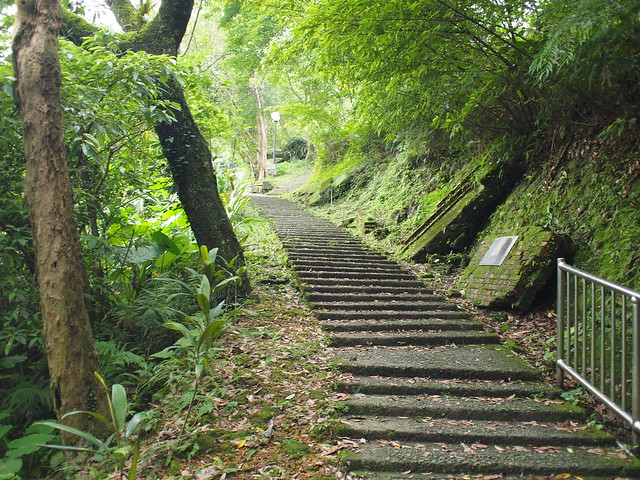
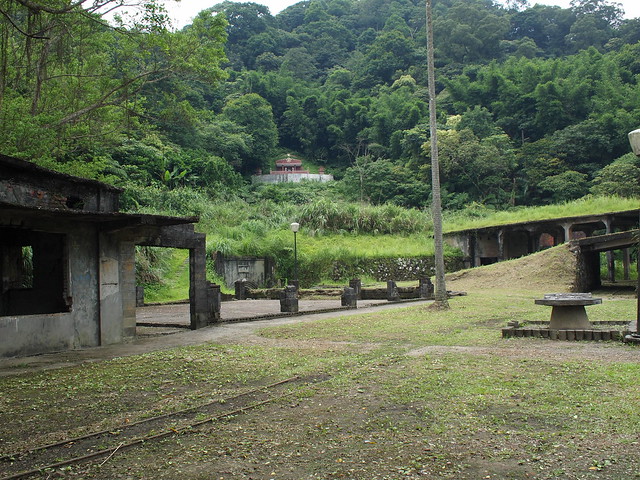
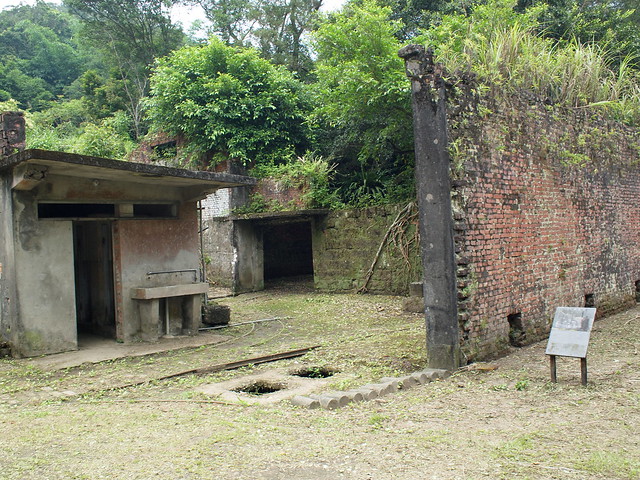
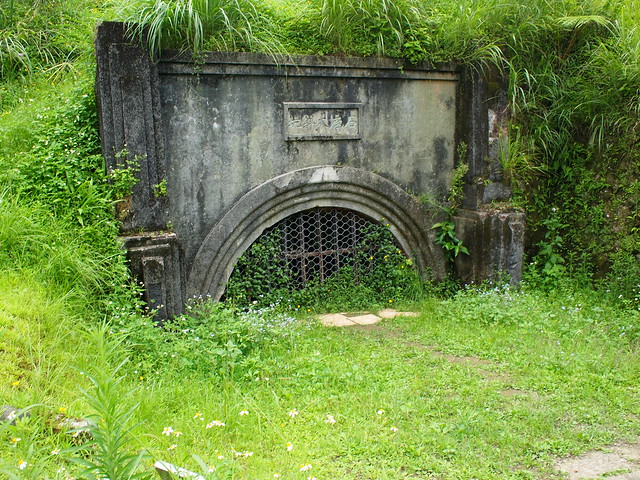

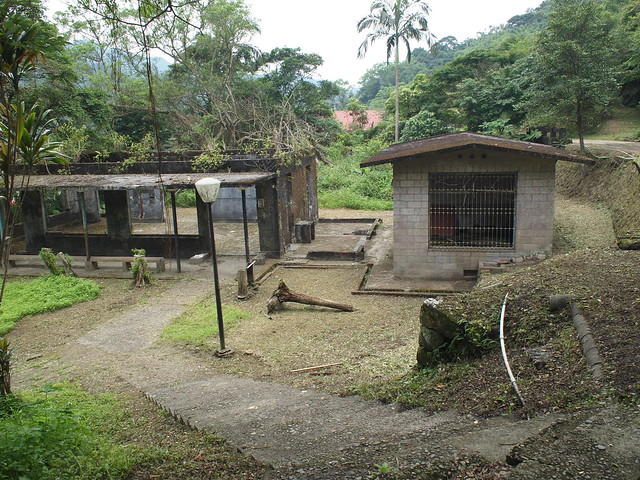

No comments:
Post a Comment